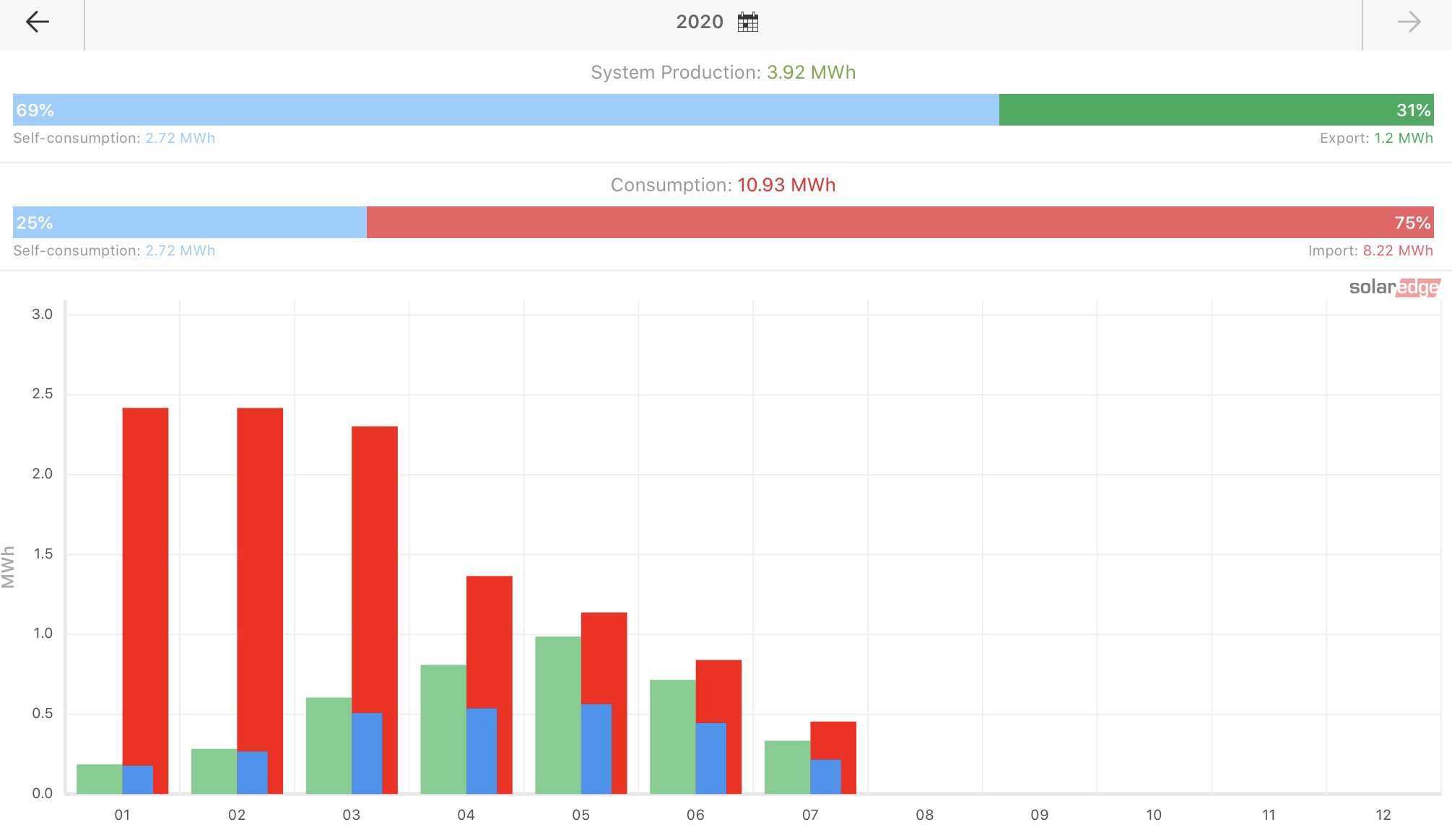I have been asked this question numerous times via YouTube comments and email: what is your actual air source heat pump electricity consumption? Buckle up, because I’m going to answer that right now.
Let’s get a bit of context first. At Home Farm we have an 18kW air source heat pump (ASHP) that drives our hot water demand and central heating (12 radiators, two towel rails and three underfloor heating zones). We also have our old oil boiler connected that gives the ASHP a boost from time to time.
If the temperature anywhere in the house drops below preset minimum levels (monitored by our smart TRVs and thermostats) the ASHP starts the heating. Our hot water is also reheated immediately after showers, baths or washing up.
Working in tandem with the ASHP, we have a 6.16kW solar PV array with an iBoost immersion heater that heats our hot water when we are producing excess solar energy. We allow this to heat our hot water to a maximum of 60C.
So let’s break down the electricity consumed by our air source heat pump so far in 2020.
Air source heat pump electricity consumption
| Month | Total (kWh) | ASHP (kWh) | Oil Boiler (kWh) | Avg Temp (C) |
| January | 1713.10 | 1712.60 | 0.50 | 5.92 |
| February | 1760.90 | 1760.20 | 0.70 | 5.27 |
| March | 1650.90 | 1650.00 | 0.90 | 6 |
| April | 731.90 | 728.60 | 3.30 | 11.12 |
| May | 444.90 | 441.70 | 3.20 | 14.1 |
| June | 215.90 | 211.50 | 4.40 | 15.79 |
| July | 127.90 | 125.50 | 2.40 | 14.79 |
Our oil boiler ignites and helps the ASHP when it has to start operating from a standing start during warmer months, which is why we see more activity from April-July when the average outdoor temperature is in double digits and the house doesn’t need the central heating to be on for prolonged periods of time.
Conversely, from January-March our ASHP pretty much operates 24/7 so the oil boiler only kicks in when the pump needs to defrost. This happens mostly on cold days with high relative humidity.
From the table we can see that the pump alone has consumed 6,644.6kWh this year, at an average of just over 1,000kWh per month (34kWh per day). This creates an accurate snapshot of the year with three cold months, and three warm ones.
To complete the picture we must factor in our solar PV system. According to the SolarEdge app, we generated 3,919kWh of power in 2020. Of that, we exported 1.2MWh resulting in 2.72MWh being used to offset our total electricity usage.

This is worth mentioning because on days with decent levels of light (in winter or summer) our hot water and central heating is powered by renewable energy during daylight hours.
If you’d like more information on air source heat pump electricity consumption on cold sunny days versus warm overcast days during the winter you’ll find this post interesting.
